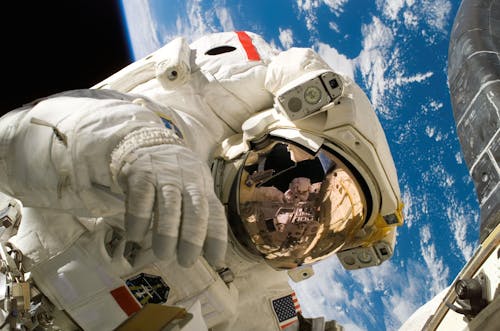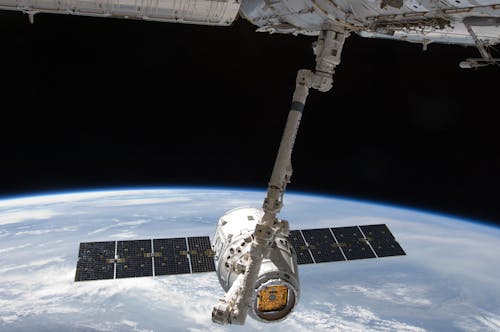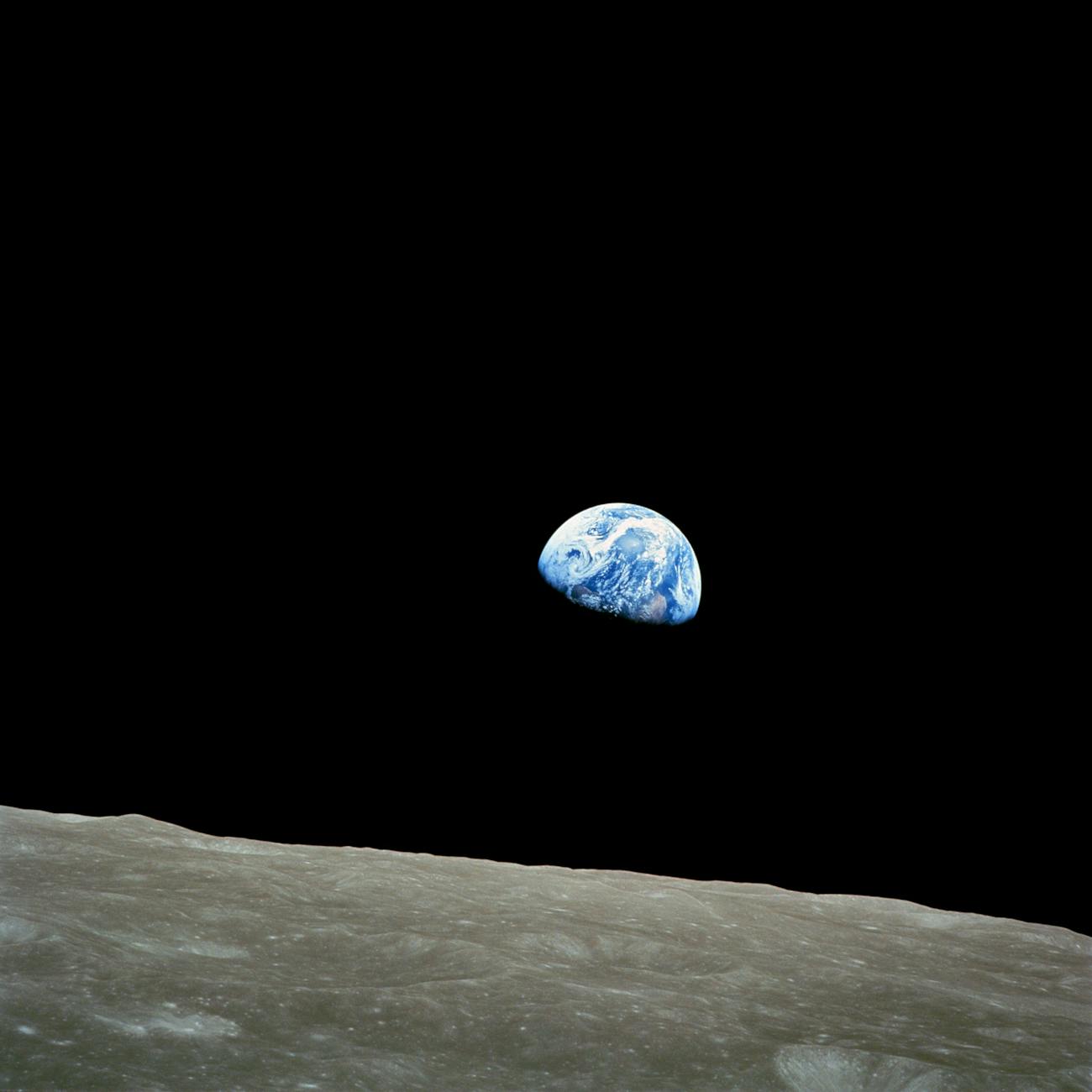What is space station?
Space Space Station; There is such a man-made station in space, from which one can get a spacecraft from Earth. The space station has been created so that scientists can work in space for a long time. Do you know how the space station works and how many space stations are operating in the world? Let us study through this article.
Space station is also called orbital station. It has been designed keeping in mind all the facilities for humans to live. That is, it is such a man-made station in space, from which one can get a spacecraft from Earth. Apart from this, it has so much capability that it can land a spacecraft. They are established in the low-orbit orbit of the earth. Let us tell you that the space station is a type of platform from where the Earth can be surveyed, the secrets of the sky can be revealed.
-----------------------------------------------------------------------------------
How many space stations are there in the world?
As of April 2018, two space stations are in Earth orbit: the International Space Station (operational and permanently inhabited), and China's Tiangong-2 (operational but not permanently inhabited). Previous stations include Almaz and Salyut series, Skylab, Mir and more recently Tiangong-1. The space station has been built in space so that scientists can work in space for a long time.
Let us now study about the International Space Station.
I
S
S
INTERNATIONAL SPACE STATION:At present, a lot of work is being done on space research all over the world. Many countries of the world have sent their expeditions to Mars, while NASA is also preparing to send its humans to the moon and then to Mars. During this time, if there has been any space mission in the most discussed space, it is the International Space Station.
The International Space Station is a joint operation of several countries. This is a special artificial satellite on which astronauts can stay for several days. It was launched 21 years ago on 20 November 1998 and placed in the lower orbit of the Earth.
The US space agency NASA has collaborated with Russia's space agency Roskosmos, Japan's Jaxa, Europe's European Space Agency and Canada Space Agency for this mission.
This campaign led to agreements and treaties between the governments of these countries about ownership and use, followed by the establishment of a permanent station orbiting the Earth in the 1980s on the basis of the US Space Station Freedom proposal. It was agreed upon.
Hundreds of astronauts from these countries have conducted hundreds of experiments on ISS including microgravity, space atmosphere, astrobiology, astronomy, meteorology, physics and many other fields. Recently, bacteria were left outside the station in an important experiment, which remained alive for three years. (Symbolic picture)
So far, about 250 astronauts from 19 different countries have spent time in the ISS. It includes more than one passenger from Japan, Canada, Italy, France, Germany, besides America, then Russia. Apart from these, one passenger each from Belgium, Brazil, Denmark, Kazakhstan, Malaysia, Netherlands, South Africa, South Korea, Spain, Sweden, UAE and UK has also gone
Today it has proved much more useful than it was thought about ISS. Despite all the political turmoil and differences in the world, even the most hostile countries like America and Russia have proved to be very supportive about it. This is an example in itself.
There is no dearth of scientific achievement and benefits in the name of achievement. All those experiments which cannot be done due to the presence of gravity on the surface of the Earth, the ISS was very suitable for them. Experiments about remote human missions in space were also done here, which included the experiment of living in space for a very long time.
-----------------------------------------------------------------------------------
Know what is the International Solar Alliance?
It would not be wrong to say that this satellite flying in space is a laboratory for new technology, astronomical, environmental and geological research. There is a station built by scientists in space from where the space can be studied in depth.
The International Space Station was taken into small pieces in space and installed in its orbit. In 1998, the first module was launched in Russia's Jarya module. Since 2 November 2000, astronauts are working continuously in this station. It has many solar panels and weighs about 391000 kg. This space station is in which six astronauts can stay for six months.
The space station flies at an average elevation of about 248 miles (approx 400 km) from Earth. It revolves around our earth at a speed of about 17,500 mill per hour in 90 minutes. Do you know that in a day it covers such a distance as it takes to travel from Earth to the Moon and back. If you know the location of this space station, then it can be seen from the earth with naked eyes, like a bright moving light.
NASA, Russia's Roscosmos State Corporation, European Space Agency, the Canadian Space Agency and Japan Aerospace Exploration agencies are working in this project.
230 people from 18 countries have visited the International Space Station. Kalpana Chawla and Sunita Williams of India have also done research work on this. Peggy Whitson set the record for the most time spent living and working in space in 665 days on 2 September 2017. The entire station has only two bathrooms. Urine of astronauts and laboratory animals is filtered and again goes to the station's dribbling water supply, so that the astronauts never have to face water scarcity. Oxygen in this station comes through the process of electrolysis. This space center is the third brightest night sky in the sky after Moon and Venus. When an astronaut steps out of the space at any time, it is called a space walk. Do you know that on March 18, 1965, the first space walk was done by Russian astronaut Alkacey Leonov.
-----------------------------------------------------------------------------------
About Tiangong-1 Space Station of China
Tiangong-1 China Space Station
So now you must have known what the space stations are called and how many space stations are currently in the orbit...........
THANK YOU:-
VISIT AGAIN







Comments
Post a Comment